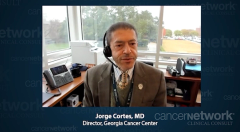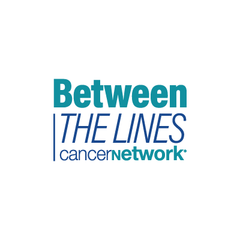
Efficacy and Toxicity Considerations for Use of Ponatinib
Hagop Kantarjian, MD responds to a review of dosing options in patients with CML treated with ponatinib.
Episodes in this series

Transcript:
Hagop Kantarjian, MD: Let’s take the discussion in 2 parts. The first 1 is progression-free survival and survival. The follow-up is short, but the follow-up is convincing enough. At 3 years, the survival across the 3 categories is close to 90%. This may have gone unnoticed, but if you look at the experience of survival in patients who fail frontline imatinib and get on second-generation TKIs [tyrosine kinase inhibitors], their annual mortality is about 5% per year. Once you get to 5 years, the survival is 75%. With ponatinib at 3 years, the survival remains at 90%, so this is a potent drug. The annual mortality has been at 3% per year.
You emphasize the progression-free survival, but at 3 years there are enough patients to say that you can rely on the data; the curves are close. When you get to 4 years, where you’re seeing displaying the slight difference, you have only 4 patients. You can’t rely on any information beyond the third year. My interpretation is that for both survival and progression-free survival, the 3-dose schedules are equivalent. One could say, “Why are we arguing about this? The data look good, and the toxicity is less.” But if you use the 45-mg dose, you’re going to trade significant difference in toxicity because the incidence of severe arterial occlusive disease is 9.6%, and it’s halved to 5.3% if you start with 30 mg. I like this trade-off. In every patient who has T315I, I would probably take the risk of using the 45-mg dose and assume a potential risk of arterial occlusive event of 9.6%. For the other patients who don’t have the T315I mutation, the response rates are similar. The progression-free survival and survival are similar. And then the incidence of severe arterial occlusive event is only 5%.
Transcript edited for clarity.
Newsletter
Stay up to date on recent advances in the multidisciplinary approach to cancer.



















































































